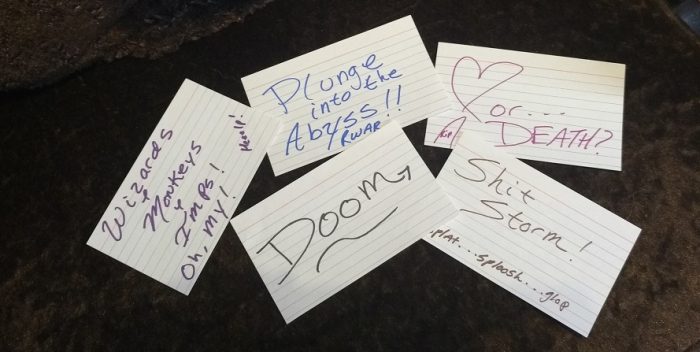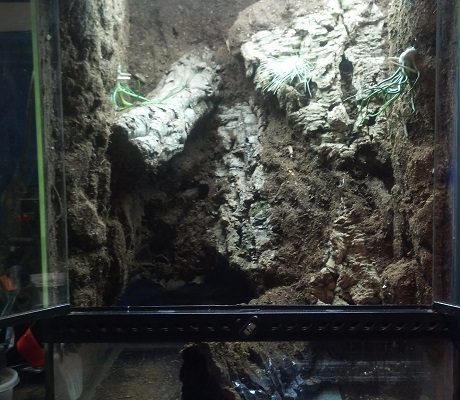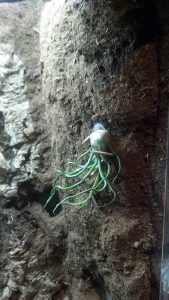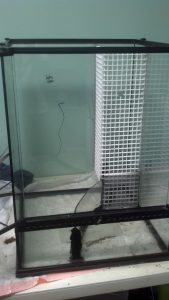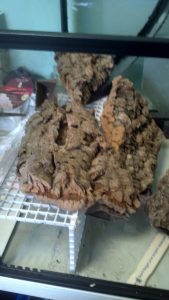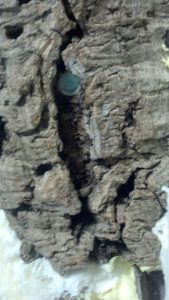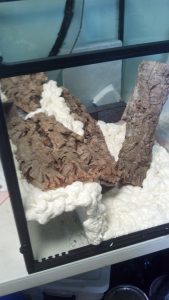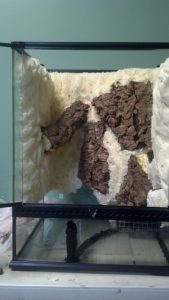

Nothing quite embodies the Fall nor compliments its array of colors and scents quite like a cozy bonfire with it’s warm orange flames licking into the night to ward off the chill, but few are aware of its charred history.
Long ago on Samhain, the night when the veil between this world and that of the spirit world is the thinnest, druids gathered to protect their people’s crops and the people themselves from the destructive forces of evil spirits. The druids traveled to homes to request offerings of crops, animals and even…humans. Whether these sacrifices traipsed willingly into the wicker cages or not is lost in the mists of time.
Once they’d gathered their sacrifices, the druids would don an assortment of costumes and light carved turnips to keep themselves safe from the spirits that broke free of the veil. Then, they fed their sacrifices to large fires and danced around the spiraling flames holding the skulls of their ancestors aloft as yet another talisman to ward off the dead. When the fires died naught remained of their sacrifices – crop, animal and human alike – except for ash and bones mingled within the embers.
So the next time you’re cuddled around a bonfire roasting marshmallows and the air is crisp with the herald of Winter, perhaps take a moment to remember those lost to the flames of the past, whose final screams rose to the heavens in the druids’ bone fires. And who knows, maybe some poor soul burns at that very moment in sacrificial fires lit not far from where you sit… (du du du du).

